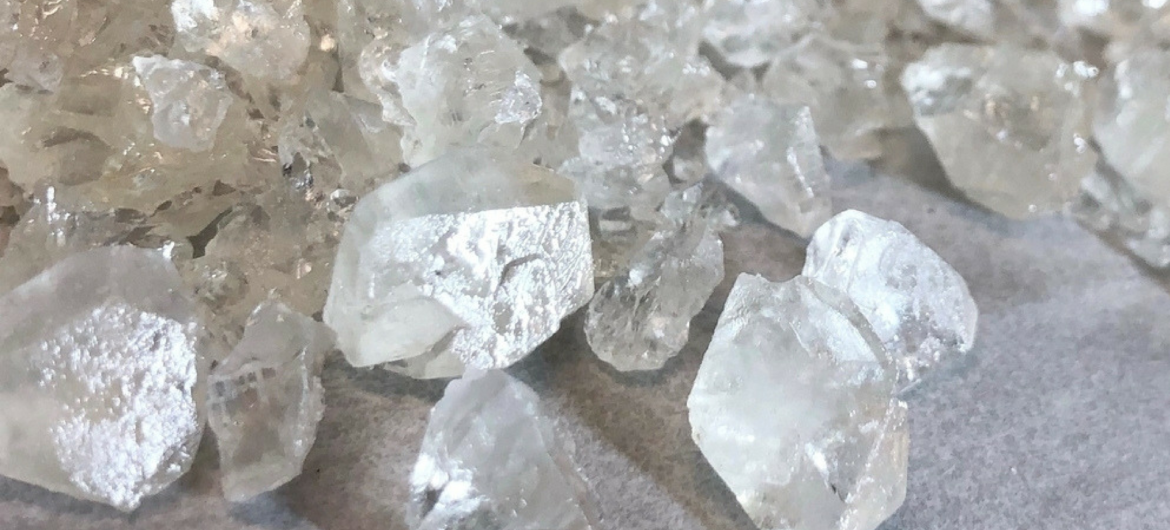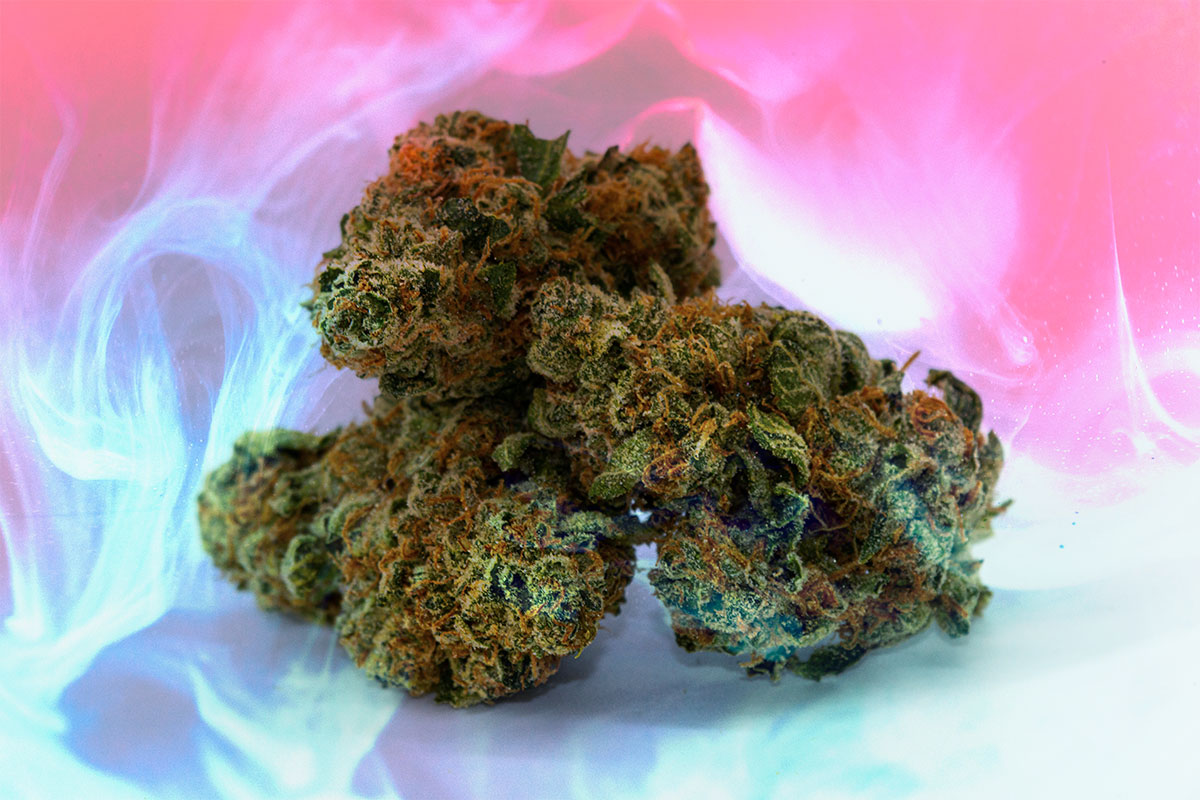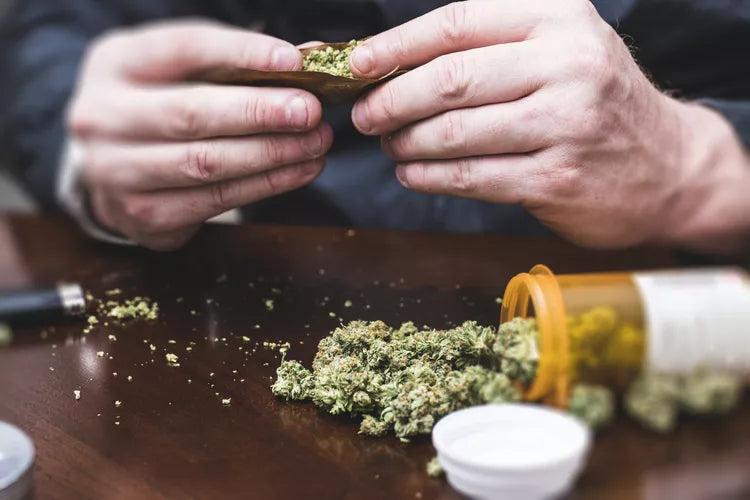
Making THCA Rosin: A Guide
The isolated cannabinoid THCA, which is the THC molecule's acid form, is becoming more and more well-liked. It is helpful in determining precise dosages when creating cannabis edibles and tinctures because of its nearly unmatched purity. In terms of potency and flavor, many people consider sauce and diamonds to be the superior forms of rosin made with THCA. In this short tutorial on creating THCA rosin, we'll go over that and other things.
In the past, only intricate procedures and sophisticated machinery allowed for the separation of THCA molecules from the myriad other cannabinoids, terpenes, fats, lipids, and waxes produced by the cannabis plant. However, new methods have been created that enable anyone with the necessary tools to press rosin to isolate the THCA molecule, thanks to ongoing experimentation and invention among extractors.
The procedure entails pressing THC-rich rosin again under low pressure and temperature after which the substance is filtered through a bag with a 25- or 37-micron pore size. With a few important distinctions to be aware of, it is essentially a second cycle of the same procedure you would use when pressing flower or bubble hash to make rosin.

Texture
Your success depends heavily on the rosin's texture, from which you'll extract the THCA. Use material with a waxy or stiff budder texture if possible. Pressing freshly frozen bubble hash is one method for achieving this texture; this method frequently results in a rosin with a purity level high enough to trigger the nucleation of THC molecules and their automatic separation from other cannabinoids, terpenes, fats, lipids, and waxes. The texture you want is produced by this natural division.
Not to panic if the rosin you're using to extract THCA doesn't already have a waxy or buttery texture. There is an alternative. Use a dabber to swirl and slightly agitate the rosin while it is placed over a heating surface that has been set to no more than 122 degrees Fahrenheit. The THC molecules should start to separate as a result of the heat and agitation, giving the finished product the desirable texture. The unavoidable terpene loss caused by heat exposure is the method's disadvantage, yet a very high-quality product will still be produced.
Pressing
The correctly textured rosin is next compressed using a 25-micron rosin bag between plates that have been heated to 100 degrees Fahrenheit. The terpenes, fats, and other oils that separate will be able to readily exit the bag onto your parchment paper if the opening of the bag is facing outward between the plates.
Without applying pressure, warm up the bag between the plates for 20 to 30 seconds. Apply light pressure and gradually add more pressure. Once the bag reaches maximum pressure, hold it there for up to 60 seconds, or until the sauce stops flowing, at which point you should notice runoff from the bag. The maximum platen PSI should be around 2,100.
The PSI number on your press gauge (which is merely a reading of the internal pressure of the machine itself) is different from the platen PSI since it reflects the real pressure that is being generated around the source material. Uncertain of your platen psi?
Remove the bag after the initial pressing and set the parchment paper aside in case you wish to use the sauce at a later time. The bag will be pressed once more at slightly higher temperatures, up to 120 degrees Fahrenheit, to complete the THCA extraction. You should expect less runoff with this second round if you use a new sheet of parchment, but you'll still get something. You'll notice that the sauce is a little less runny this time.
Up to four times can be spent doing this. You can slightly raise the temperature and pressure with each press, but not above 120 degrees Fahrenheit and 2,300 platen psi.
Everything should be taken off the plates, and the bag and its contents should cool. When the bag has cooled, open it to reveal a white or pale-yellow powder that resembles chalk. This is your THCA extract, one of the cleanest varieties of extract on the market right now. This type of THCA is suitable for use in tinctures, topicals, and edibles. If you want the THCA to have a psychoactive effect in edibles, topicals, or tinctures, you can decarboxylate it to make it into THC.
Diamonds and Sauce
You want to create sauce and diamonds, then? You are nearly there. We currently have our runny sauce that you salvaged off the parchment and our chalky THCA. Recombining these two components is the last step.
A bottom plate that has been heated to at least 240 degrees Fahrenheit should be placed on top of the raw THCA, which should be spread out on a parchment sheet. The THCA must be melted in order to pool in the center of the paper. Once the THCA has completely liquefied, take it from the fire and let it cool. The consistency changes as it cools and stabilizes, turning the substance into crystal.
You can now combine these diamonds with the sauce once more. While combining, adding a little heat might help the sauce become more viscous. One of the pinnacles of the cannabis concentrate experience is what you currently own.
When done correctly, the combination of diamonds and sauce is simply magnificent and a sight to behold. For many people, the flavor, intensity, and sensation are unforgettable.
Comment here and let us know how you plan to use your THCA Flower Extract.



